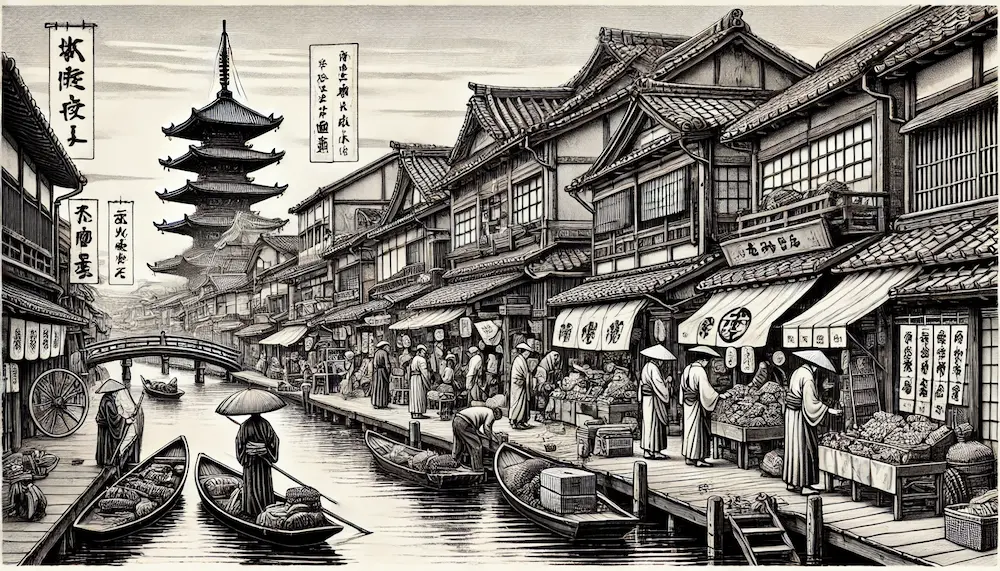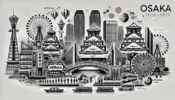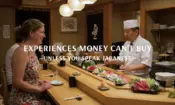Early Modern Osaka (Azuchi-Momoyama to Edo periods)
Osaka, a bustling metropolis today, wasn’t always the economic powerhouse we know. Its journey to prominence began in the early modern period, marked by the reign of the remarkable Toyotomi Hideyoshi and the subsequent Edo era. Let’s delve into how Osaka transformed from a strategic stronghold to a thriving commercial and cultural hub.
Toyotomi Hideyoshi and Osaka Castle
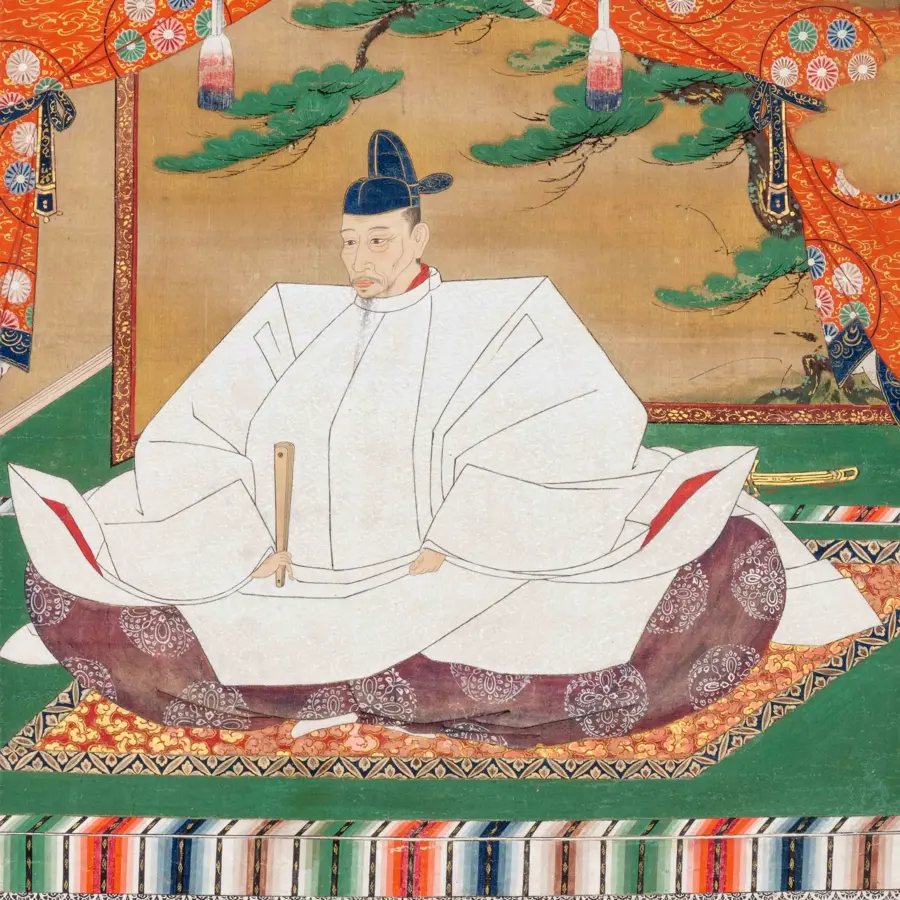
Imagine a massive castle, its golden ornaments gleaming under the sun, a symbol of power and ambition. That was Osaka Castle, built by the legendary Toyotomi Hideyoshi in the late 16th century. Hideyoshi, a man of humble origins who rose through the ranks to become a warlord on the cusp of unifying Japan, is a figure I deeply admire. His story, from a farmer’s son to a near-ruler of the nation, is nothing short of inspiring.
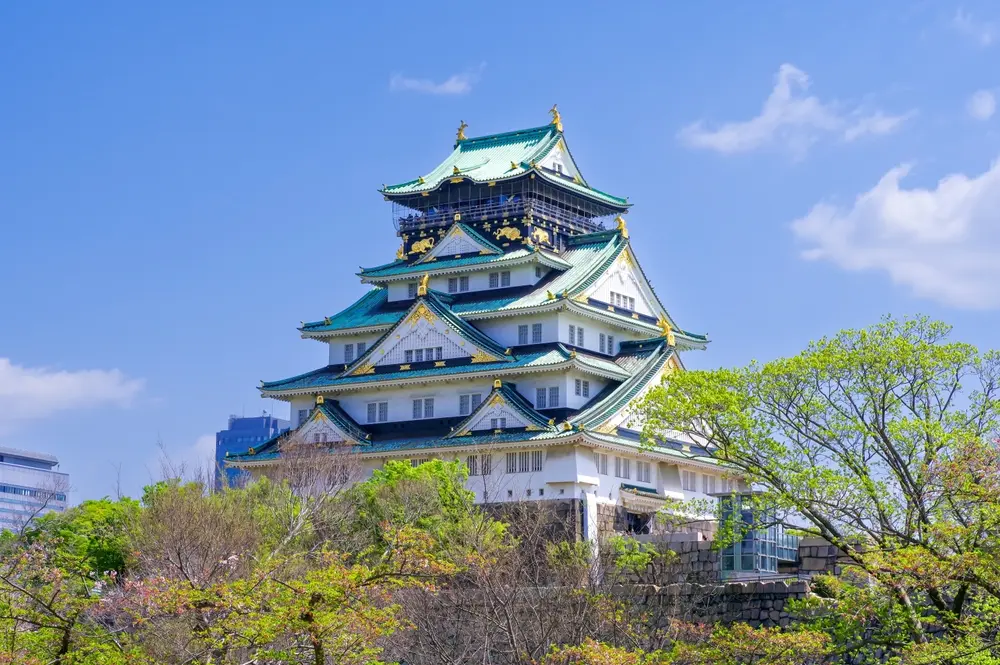
Hideyoshi chose Osaka for its strategic location, a testament to his sharp mind and tactical brilliance. The castle, with its imposing walls and intricate design, wasn’t just for show; it was a statement of Hideyoshi’s authority and a base for his military campaigns.
One anecdote that captures Hideyoshi’s charm and his relationship with his lord, Oda Nobunaga, is the story of him warming Nobunaga’s sandals on a cold day. It’s a tale that showcases his loyalty and resourcefulness, traits that undoubtedly contributed to his meteoric rise.
The Golden Age of Osaka as a Commercial City
After Hideyoshi’s death, Osaka transitioned from a warrior’s domain to a merchant’s paradise. Its strategic location and excellent waterways made it a natural hub for trade. Goods from all over Japan, and even from overseas, flowed into Osaka, earning it the nickname “The Kitchen of the Nation.” The city’s bustling markets, packed with merchants and shoppers, became a testament to its economic vitality.
The key to Osaka’s commercial success was its efficient water transport network and the establishment of “kura-yashiki,” or warehouses. These warehouses stored goods from different regions, ensuring a steady supply and facilitating trade. Osaka’s merchants, known for their shrewd business sense, thrived in this environment, further fueling the city’s economic growth.
Chonin Culture and Economic Development in the Edo Period
The Edo period (1603-1867) saw Osaka’s continued economic prosperity, but it also witnessed a cultural flowering. The city’s wealthy merchants, or “chonin,” patronized the arts, leading to a vibrant cultural scene. Theater, Bunraku puppetry, and Ukiyo-e woodblock prints flourished, reflecting the chonin’s tastes and aspirations.
One notable cultural phenomenon was the “Genroku culture,” named after the Genroku era (1688-1704), a period of peace and prosperity. This culture, characterized by its flamboyance and extravagance, found its expression in fashion, entertainment, and even language. The “Kamigata culture,” centered in the Kyoto-Osaka region, also influenced Osaka’s cultural landscape, adding a touch of refinement and elegance.
Conclusion
Osaka’s economic development and cultural vibrancy weren’t isolated phenomena; they fed off each other. The wealthy merchants’ patronage of the arts stimulated creativity and innovation, while the cultural scene, in turn, attracted visitors and boosted the city’s economy. This symbiotic relationship between commerce and culture helped shape Osaka’s unique identity and laid the foundation for its modern-day success.
